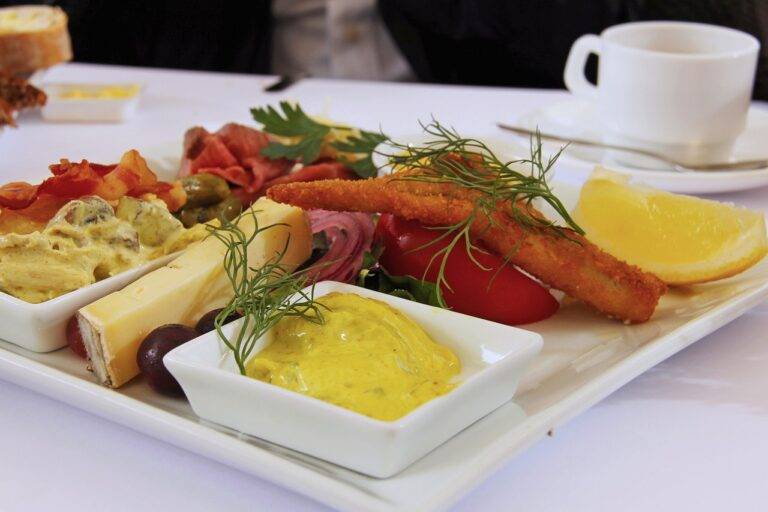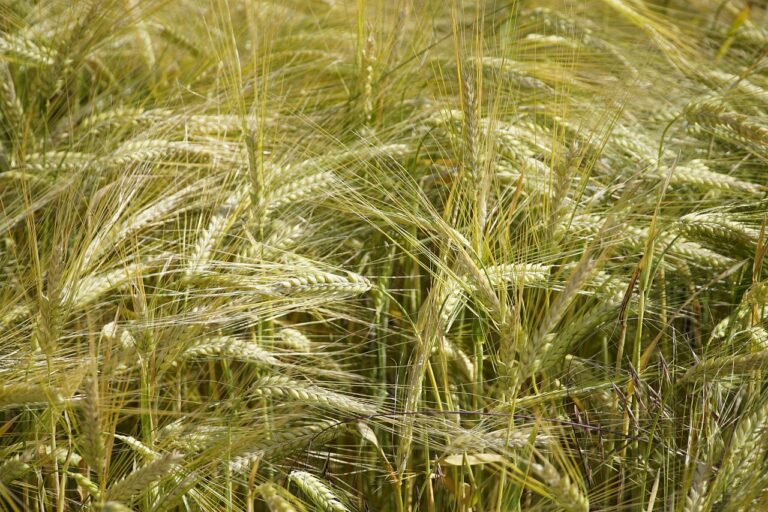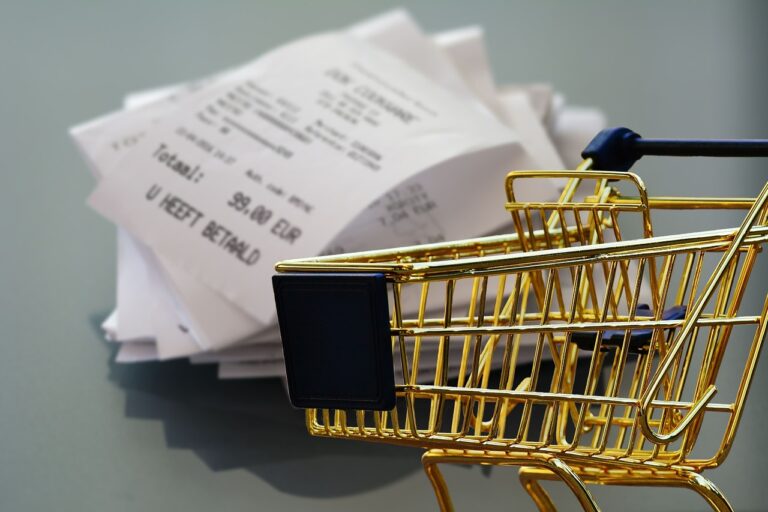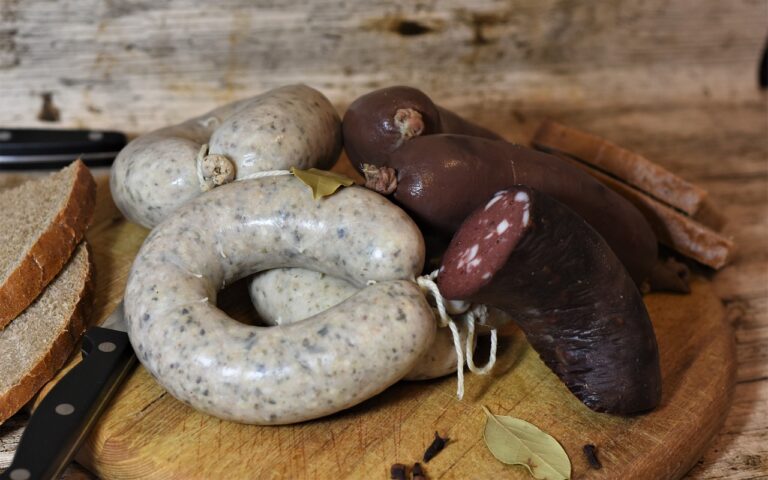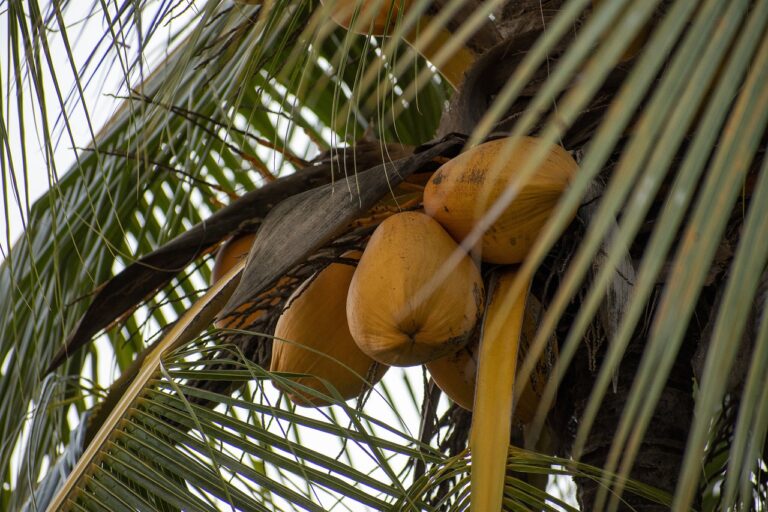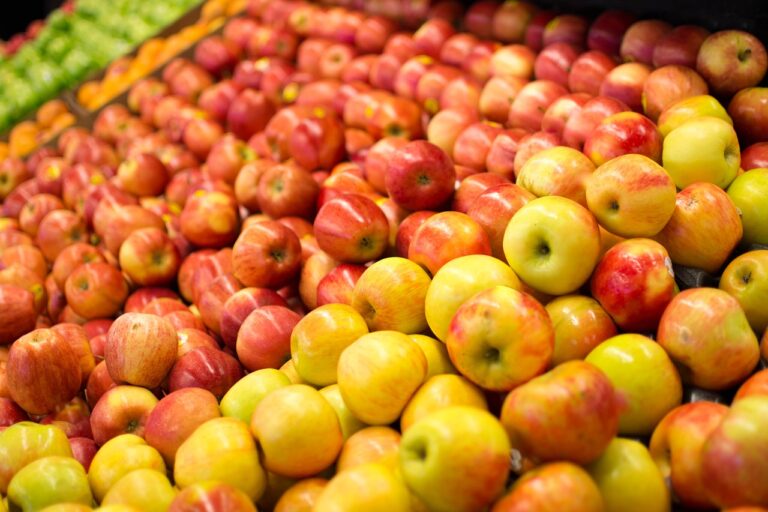The Future of 3D Food Printing Technology
3D food printing technology offers a myriad of benefits that have the potential to revolutionize the way food is prepared and consumed. One of the key advantages of this innovative technology is its ability to customize food according to individual preferences and dietary requirements. By utilizing digital designs, users can create food products that cater to specific nutritional needs, taste preferences, and even cultural considerations, offering a personalized dining experience like never before.
Furthermore, 3D food printing technology has the capability to enhance food sustainability by reducing food waste and optimizing ingredient usage. Traditional food production methods often result in excess food being discarded due to overproduction or lack of demand. However, with 3D printing, food can be produced in precise quantities, minimizing wastage and ensuring that resources are used efficiently. This not only benefits the environment by reducing food waste but also contributes to cost savings for both consumers and food manufacturers.
Current Applications of 3D Food Printing Technology
In the culinary world, 3D food printing technology has revolutionized the way chefs and food enthusiasts create intricate designs and personalized dishes. From custom-shaped chocolates to unique pasta creations, the possibilities are endless with 3D food printing. Chefs are now able to push the boundaries of creativity and presentation, offering diners an innovative and memorable dining experience.
Moreover, healthcare facilities have started utilizing 3D food printing technology to cater to patients with specific dietary requirements. Hospitals and care centers can now produce soft-textured meals for individuals with swallowing difficulties or create nutritionally tailored foods for patients with allergies or sensitivities. This application of 3D food printing not only enhances the quality of patient care but also streamlines the meal preparation process in medical settings.
What are some benefits of 3D food printing technology?
Some benefits of 3D food printing technology include customization of food products, precise portion control, reduction of food waste, and the ability to create intricate designs that would be difficult to achieve through traditional methods.
What are some current applications of 3D food printing technology?
Some current applications of 3D food printing technology include creating personalized nutrition plans, producing food for individuals with specific dietary restrictions or allergies, and experimenting with different textures and flavors in food products.
Can 3D food printing technology help in creating healthier food options?
Yes, 3D food printing technology can help in creating healthier food options by allowing for precise control over the ingredients used, portion sizes, and nutritional content of the food products.
Is 3D food printing technology environmentally friendly?
3D food printing technology has the potential to be environmentally friendly by reducing food waste, using sustainable ingredients, and promoting local food production. However, the overall environmental impact would depend on the specific practices and materials used in the printing process.
How accessible is 3D food printing technology to the general public?
3D food printing technology is still relatively new and primarily used in research and development settings, as well as high-end restaurants. However, as the technology advances and becomes more affordable, it may become more accessible to the general public in the future.


